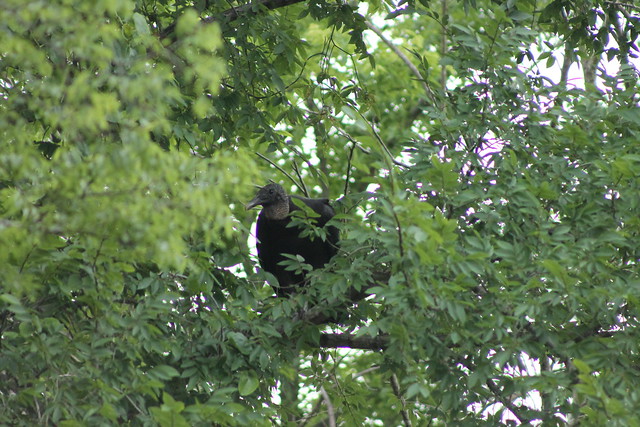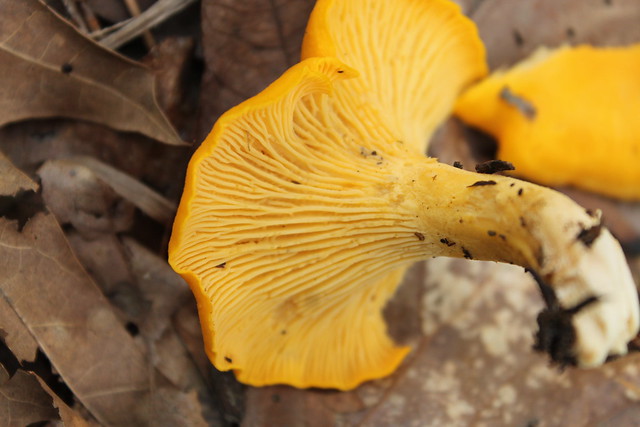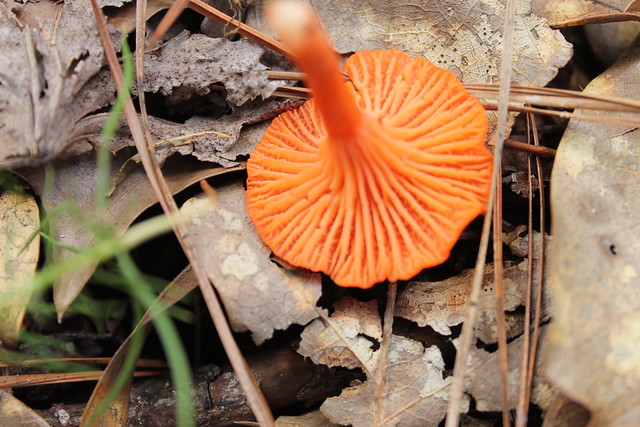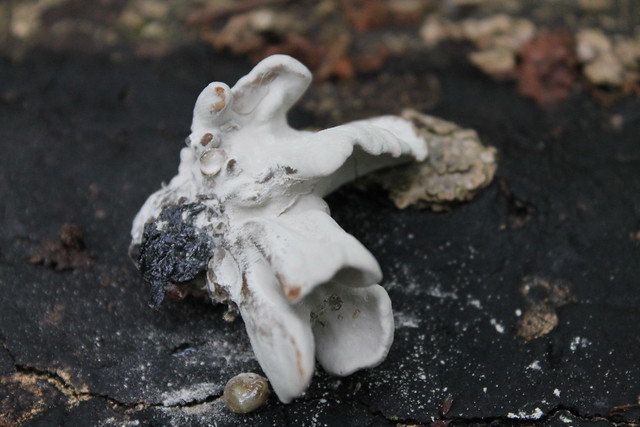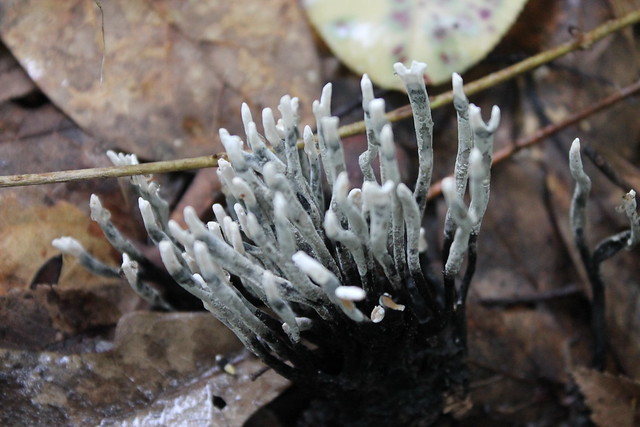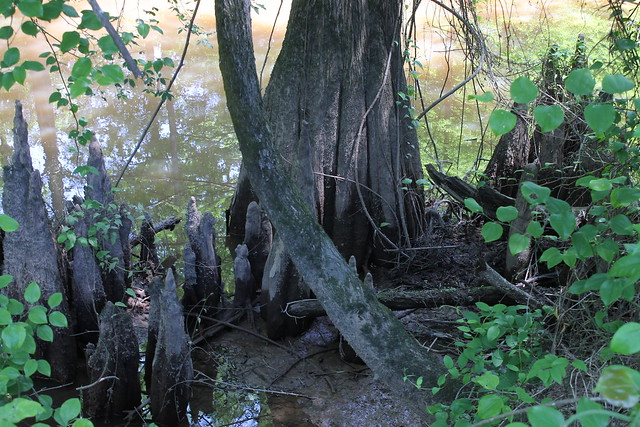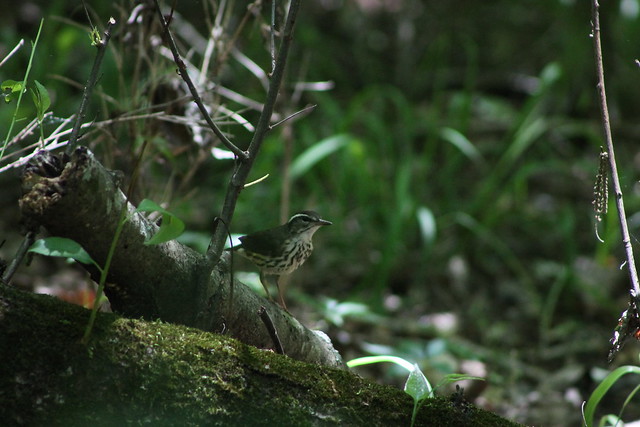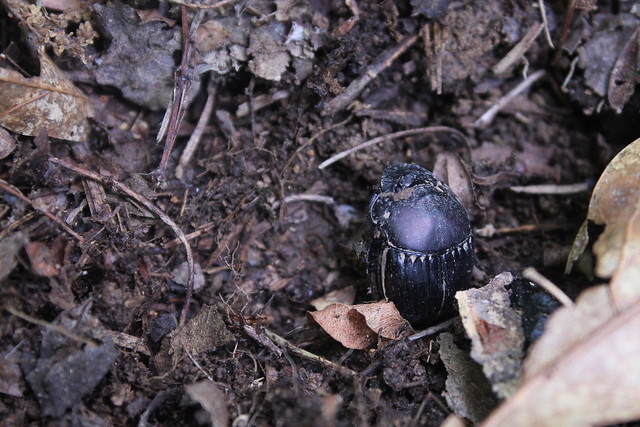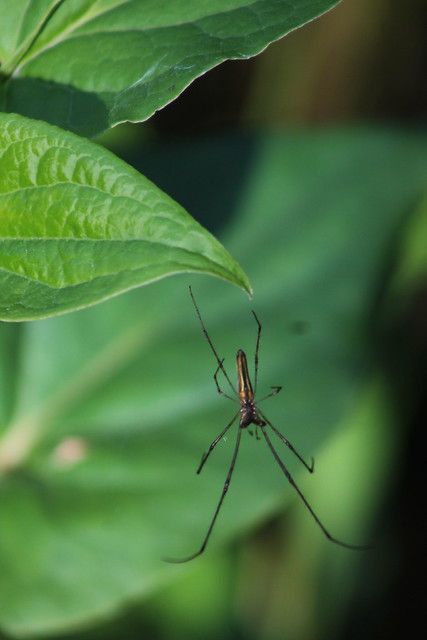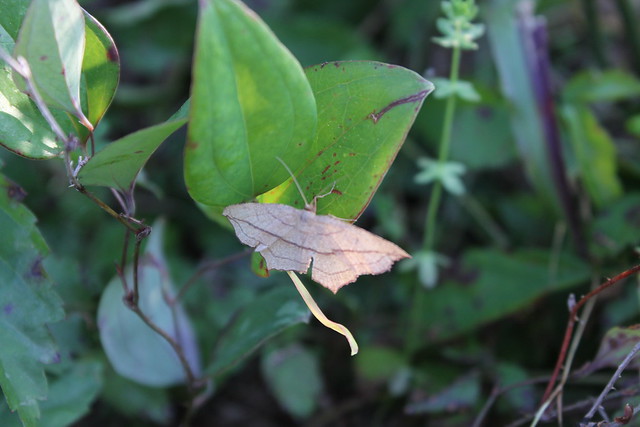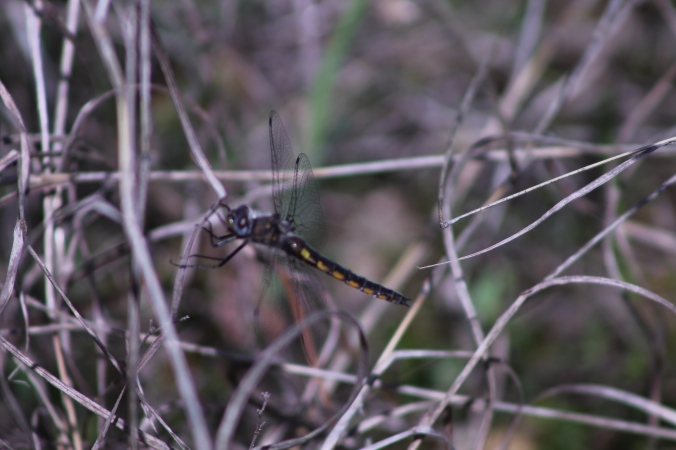http://www.sciencedaily.com/releases/2015/10/151026181713.htm
What is iNaturalist and How to Use It
Today I’m going to begin a series of posts about iNaturalist.
So what is iNaturalist? http://www.inaturalist.org is a “citizen science” website. Ok, well, what is citizen science? It’s crowdsourced science. Let’s say that a university wants to study the current distribution of moths in the United States. They could do tons of fieldwork themselves, or they could invite the public to submit observations of moths. Large numbers of volunteers all over the country could produce much more data in a shorter amount of time than a few scientists. That is one of the main points of citizen science projects.
Another point is that these projects engage the public in science and promote education.
Plus, citizen science is fun!
iNaturalist is one of these sites, aimed at the study of living things in general: plants, fungi, birds, etc. The data is shared with scientists, and many organizations such as Texas Parks and Wildlife use the site to help them make conservation decisions.
Well, this sounds awesome! So how do you sign up? Go to http://www.inaturalist.org and in the top right corner you should see links that say Log in and Sign Up. Click the Sign Up link and you will be taken to a form to create an account. You’ll also see a list to the left that gives you the option to use your Facebook, Twitter, Flickr, Google, Yahoo!, or Sound Cloud account to sign into the website.
And that’s it! That’s all for today. I’m trying to keep these entries short and easy to read, so I’ll post more on using iNaturalist soon.
New Butterfly Species Discovered in the American Southeast
This came up in a discussion on iNaturalist. A new species of butterfly, Hermeuptchia intricata, was discovered in southeastern US. This species has never been documented before because it looks almost exactly like H. sosybius, or the Carolina Satyr. The two butterflies can’t really be distinguished by photographs.
Read the complete news article here: http://butterfliesofamerica.com/docs/Hermeuptychia-NLS201406.pdf
Today’s Nature Photo
This is the Black Vulture, native to the southeast United States and parts of Mexico. This is a most fabulous bird. It prefers to defend itself by simply flying away, but if unable to do that, it attacks predators by projectile vomiting “with great power and accuracy,” according to my field guide. It cools itself off by pooping on its own legs. It’s like a ten-year-old boy invented this bird. It’s marvelous. Here’s to the Black Vulture!
Latest Fungal Finds
It has been raining almost every day for the past three weeks, which is good for mushroom hunting. I’ve found quite a few interesting fungi that I’ve never seen before.
Cantharellus minor
Red Chanterelle, Cantharellus cinnabarinus
Xylaria liquidamambaris. This species only grows on those spiky sweetgum balls.
I have absolutely no idea what this one is. They were growing all over dead logs in a local park.
Candlesnuff Fungus, Xylararia hypoxylon
While I was researching these fungi, I was depressed by how many mushrooms in my mycology texts were listed as “only known from a single museum specimen collected in the 19th century.”
#FieldNotesFriday: Arkansas Swamp Critters!
My last nature trip was to Pond Creek National Wildlife in southwest Arkansas. The park is a swamp surrounding its namesake, Pond Creek. The park once was a tree farm belonging to either a paper mill or a lumber mill; I can’t remember which one. The Loblolly Pine trees were cleared out and the forest has been returning to its natural state since then. A sign in park explained that it would take at least 30 years for the forest to begin to look like it once did.
When I arrived at the park, I opened my car door and saw grass rustling and heard a loud splash. I walked to the creek to see what it was. It was a baby alligator!
The alligator watched me warily as I snapped photos, then swam away. I started walking down the trail, which followed a creek lined with cypress trees.
I encountered many interesting animals such as this Louisiana Waterthrush.
A little dung beetle.
A Long-jawed Orbweaver.
Cross-lined Wave moth.
I only saw a tiny portion of this park and wish I could have seen more.
#FieldNotesFriday: Alligator!
Nature News: New Crustacean Discovered in Europe
One of reasons why tourists are attracted to Galicia is for its food. More specifically, the town of O Grove (Pontevedra) is well known for its Seafood Festival and the Spider Crab Festival. Now researchers have found a new species of crustacean in the waters of this locality on the Ría de Arousa inlet. The only downside is that it is not edible.
#Field Notes Fridays: First Dragonfly of Spring!
Bizarre Animal Superpowers: Death by Sugar
What happens if you need to catch your own dinner, but you’re just not fast enough? If you’re a slow-moving cone snail with a yen for sushi, you drug a bunch of fish.
The tropical sluggard kills by overdosing fish with a toxic cloud containing insulin, researchers report this week in the Proceedings of the National Academy of Sciences. Plummeting blood sugar levels throw the victims into a stupor.
Read the rest: http://news.nationalgeographic.com/news/2015/01/150119-cone-snail-venom-insulin-fish-animal-ocean-science/
